Planting instructions
The jaboticaba tree is not tolerant of frost but will grow in many different types of soil. When planting this tree, remove it from its container, then rough the root ball to loosen the roots. After removing the plant, place it in a hole that is as deep as the root ball is tall and at least twice as wide. Backfill with healthy soils and provide plenty of water after planting. As long as this plant receives full or partial sunlight, it should adapt well to its new growing location.
Watering and nutrients
Compared to many plants, the jaboticaba tree has high water needs. This also spreads its roots close to the surface of the soil, which is why it is essential to monitor the top layer of soil for moisture. When the top layer of soil has become dry, it is time to add more water for this plant. Jaboticaba trees also grow better when they receive regular feedings. Fertilization about three times per year with a balanced, all-purpose blend will make for the best results.
Pollination
Jaboticaba trees bloom with many flowers along their trunk and branches, which makes pollination easy to achieve. These plants are also self-fertile, meaning you need only one to produce fruits. However, if you grow more than one jaboticaba tree, you’ll open the opportunity for cross-pollination, which makes for better and more numerous fruits. Once this tree is old enough, it will begin producing fruits that are usually ready for harvest in spring but may appear at other times of the year as well.
Pruning
You can prune a jaboticaba tree to remove any branch that is broken, dead, or crossing. It also helps to remove stems and foliage that grow in the center of the tree. Jaboticaba trees bloom and fruit on their bark, and removing growth from those areas can encourage better flower and fruit production. These pruning practices are likely to improve your jaboticaba tree. However, there is a chance that your plant will grow well with minimal pruning each year.
Pests, diseases, and animals
As is true for many plants, the jaboticaba tree can run into problems with pests like aphids, nematodes, spider mites, and more. However, these infestations are often mild and are unlikely to kill this plant quickly. But while pest problems are not often pervasive, other problems can come up. One of the most prevalent issues for a jaboticaba tree is chlorosis, which causes yellowing leaves. This problem often happens when the soil has become more alkaline than it should be.
Harvesting
Jaboticaba trees will produce their largest harvests during the spring months of March and April. However, this plant can continue to offer additional harvest later in the year as well. When the jaboticaba tree is ready for harvest, you’ll see many fruits covering the bark. Those fruits should have a dark color and be slightly soft to the touch. Mature fruits may be nearly black and could show a somewhat marbled complexion on their exteriors.
Achieving maximum results
No one should grow a jaboticaba tree unless they are well prepared to harvest a lot of fruits. In some scenarios, a large jaboticaba tree can grow several hundred pounds of viable fruits in one year. However, it can take some time for this plant to start fruiting. After around five to nine years, the jaboticaba tree will reach a fruiting age, but until then, you will need to remain patient and stick to a consistent care routine.

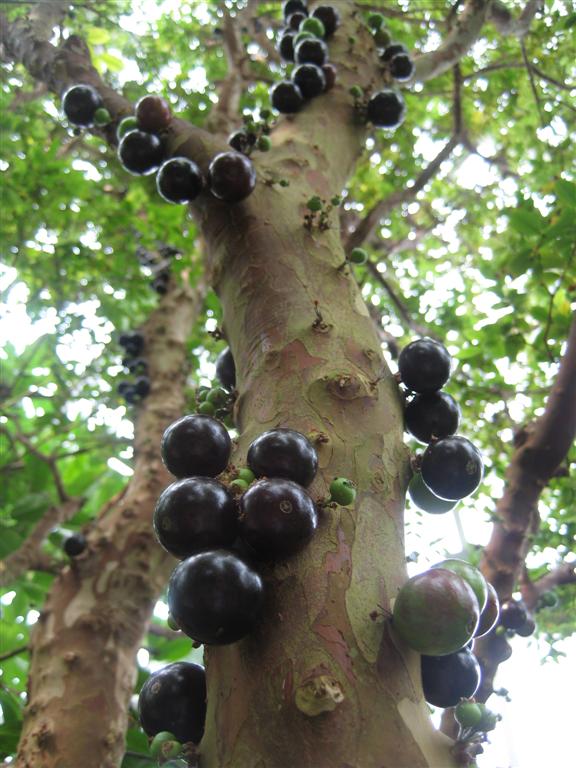




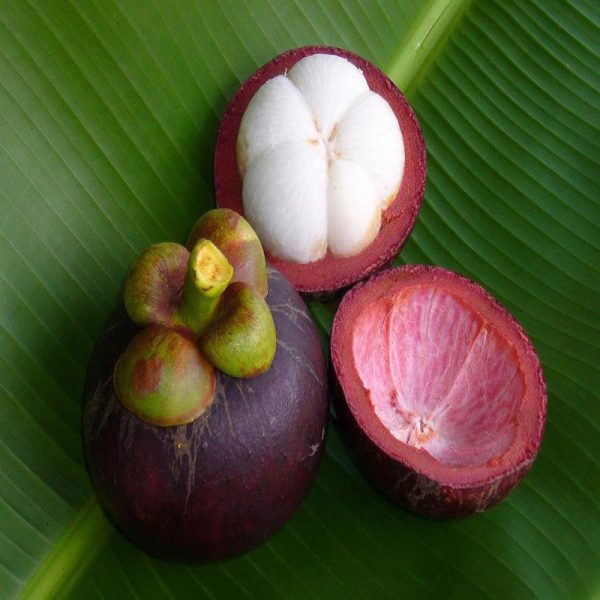

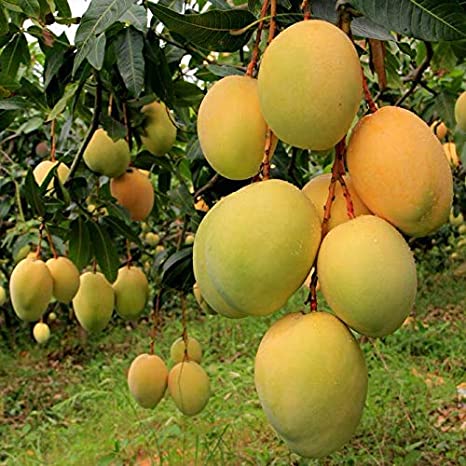

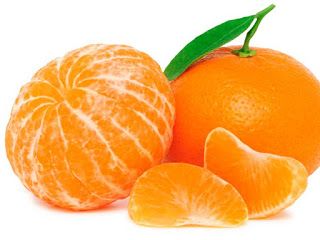




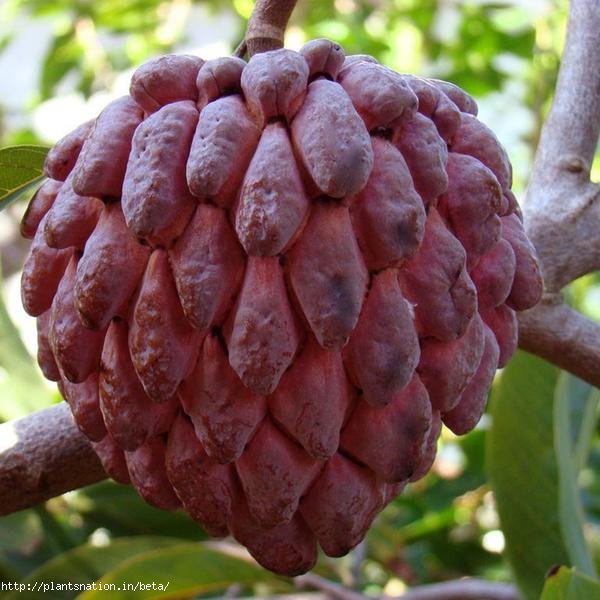
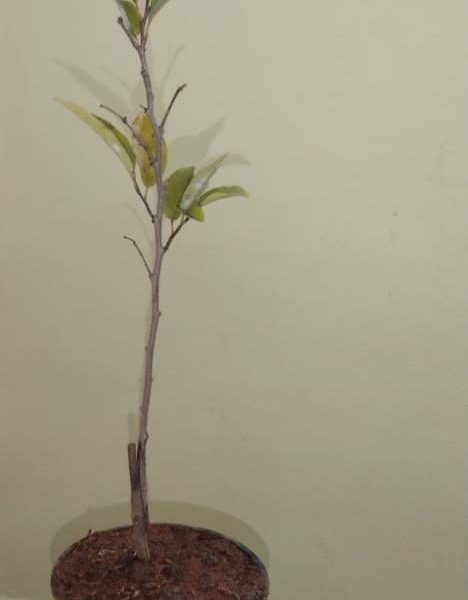
Reviews
There are no reviews yet.